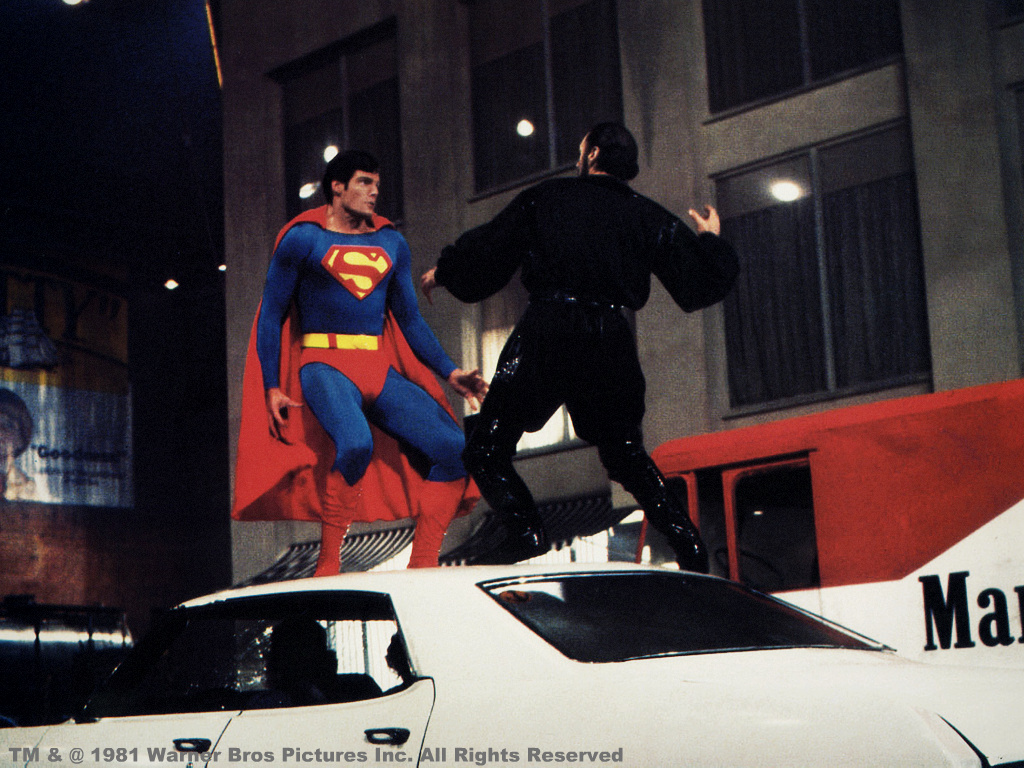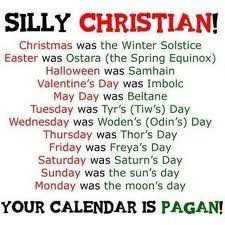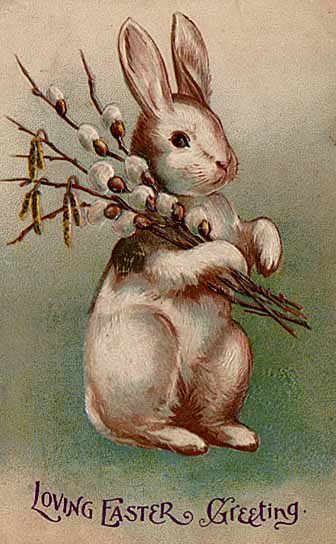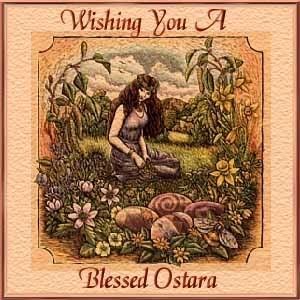Carl Orff - O Fortuna - Latin and English Lyrics
Metalius
************
When examining the translated English lyrics (from the above video) along with the music... it gives a very different look at the intended meaning from the poetry.... as well as the music itself. This was a complaint about Fortuna, the inexorable fate that rules both gods and mortals in Roman and Greek mythology, and this anger was well demonstrated by Carl Orff's work. Most of the poems and songs appear to be the work of Goliards, clergy (mostly students) who satirized the Catholic Church. This brings up two groupings of questions:
1) How was it that they felt comfortable expressing criticism, in any form, towards an often vengeful Catholic Church?... and from within its walls? Does the possible location of origin, the South Tyrol, offer any intrinsic clue to any of this? Was the Church not as strong there? The "witch burnings" there occurred centuries later, so perhaps the Church had not gained a strong foothold there yet? Was there still a folk pagan element alive there, and expressed itself in occult poetry?... or even more explicitly a "folk-pagan occult underground?" (which may or may not have been a part of either the Christian heretical or later Satanic underground). Another possibility is that it was simply a criticism of the old folk-traditions, which--in this particular piece--was a fusion of Roman mythology with The Old Religion (aka Proto-European Witchcraft). That doesn't seem very likely; we already know that they had so often directed satire towards the Church.
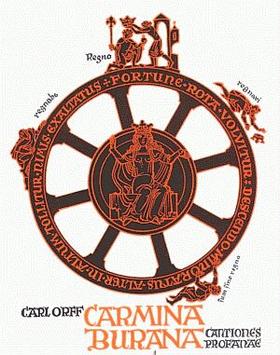 |
| Wheel of Fortune symbolism (Rota Fortunae) |
2) What exactly was their motivation behind using clear ancient folk-pagan mythology? Was the exoteric meaning implied to be a simple secular reference to the Roman goddess Fortuna; with the real esoteric meaning being a reference to Diana/Hecate? The best question of all.... was this really a cleverly crafted esoteric invocation to the goddess Diana?.... with that "anger" actually being more of a powerful reverence towards her? Since the authors of 'O Fortuna' and other poems from 'Carmina Burana' are apparently unknown (perhaps by design), and there were scores of other poems (Orff only used a small handful), I can only guess. There's much work to do, digging through all of these works. The authors were from numerous locations in western Europe; were these "Goliards" some type of occult underground network? They did all end up together when they were found in deep storage apparently. The South Tyrol connection may not be of any particular importance, as all three possible locations of origin were in the same general south German cultural region, and it was retrieved apparently hidden away in a monastery in Bavaria.
I wanted to sift through all of this piece by piece, but I can see that I've gotten ahead of myself here. Therefore, lets just look at all of this as one big puzzle. In other words, I can't begin to do this justice at this time. It's at least very possible that this could be some sort've underground expression from the old folk traditions. If that was the case, then this could very well be considered a part of neopagan folk history.... and I suppose Car Orff's 'Carmina Burana' as well.... which certainly was not intended to be Christian. It seems almost too convenient that Carl Orff just puts some very old obscure poems to music and it's so perfect! Either he was part of some occult connection, or he's a genius who just happened upon these poems and had a eureka moment! I'll go with the latter at this time.
 |
| The Wheel of Fortune from Carmina Burana |
The upside cross could mean something, or it may not. Knowing a little bit about how these occult societies work, I wouldn't doubt it. It's at least possible that a Saturnian cult had infiltrated the lower rungs of the Church. Certainly the Catholic Church uses Saturnian symbolism. Also, some of these secret societies have long used symbols of mythology and pagan traditions. Also, the above "wheel of fortune" looks a bit like an eight-pointed wheel of the year from the old Proto-European tradition.
'O' Fortuna' lyrics
like the moon
you are changeable,
ever waxing
and waning;
hateful life
first oppresses
and then soothes
as fancy takes it;
poverty
and power
it melts them like ice.
Fate - monstrous
and empty,
you whirling wheel,
you are malevolent,
well-being is vain
and always fades to nothing,
shadowed
and veiled
you plague me too;
now through the game
I bring my bare back
to your villainy.
Fate is against me
in health
and virtue,
driven on
and weighted down,
always enslaved.
So at this hour
without delay
pluck the vibrating strings;
since Fate
strikes down the strong man,
everyone weep with me!
 A clear conflation of the Roman Fortuna with the Proto-European Almother (aka Diana, Hecate, Mona, etc.):
A clear conflation of the Roman Fortuna with the Proto-European Almother (aka Diana, Hecate, Mona, etc.):O Fortune,
like the moon
you are changeable,
ever waxing
and waning
The first and last movements of the piece are called 'Fortuna Imperatrix Mundi' ('Fortune, Empress of the World') and start with the very well known 'O Fortuna.'The first and last movements of the piece are called 'Fortuna Imperatrix Mundi' ('Fortune, Empress of the World') and start with the very well known 'O Fortuna. The "Empress of the World" sounds very much like the many titles given to Hecate in particular. I would have dismissed that idea except for the additional reference to the Moon Goddess.... so lets face it, it's the Moon Goddess of ancient legend.... the Proto-European Almother! However, was the poem really a criticism of the Christian God?.... or of the Pagan Goddess?.... or, was it really just an esoteric invocation of the Pagan Goddess? Love and anger can work very well together symbiotically! The greatest deflation is often when we're let down by someone or something that we love and are devoted to. Also, the Latin text could easily have hidden some clues that were lost in the translation.
.


